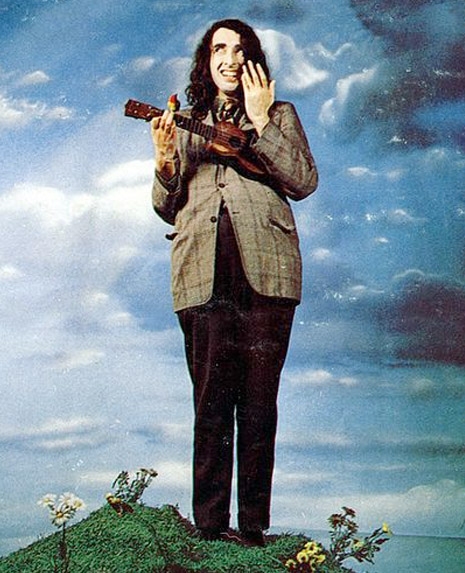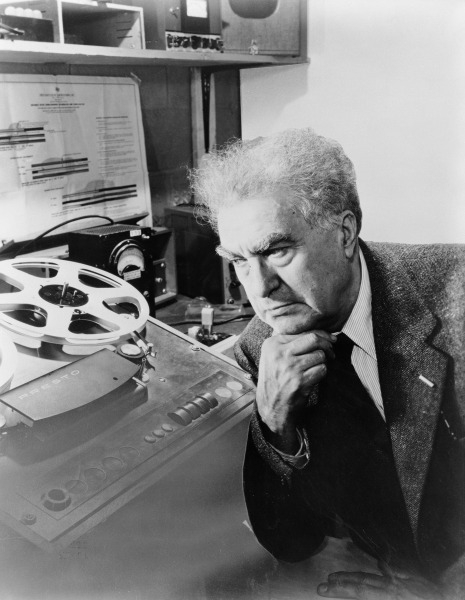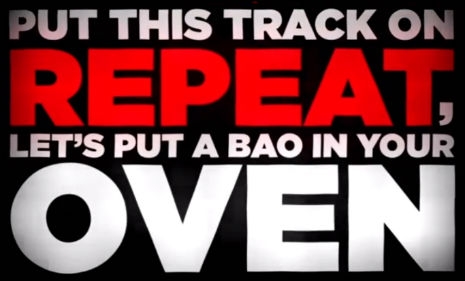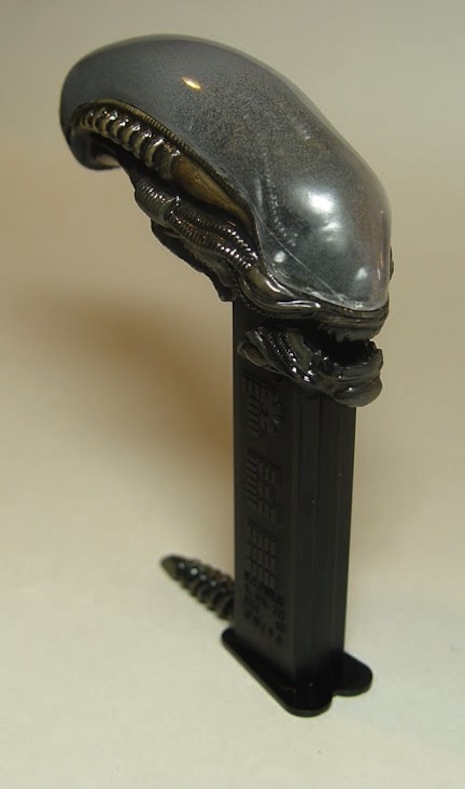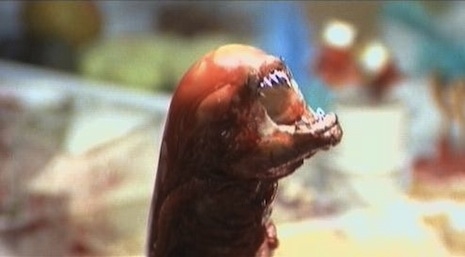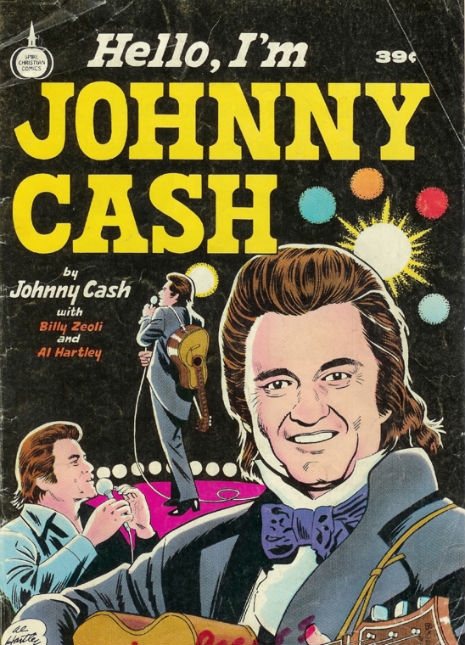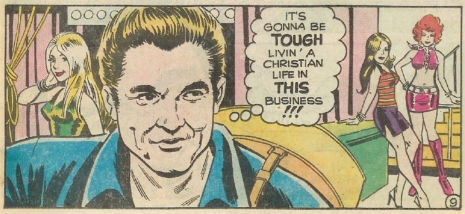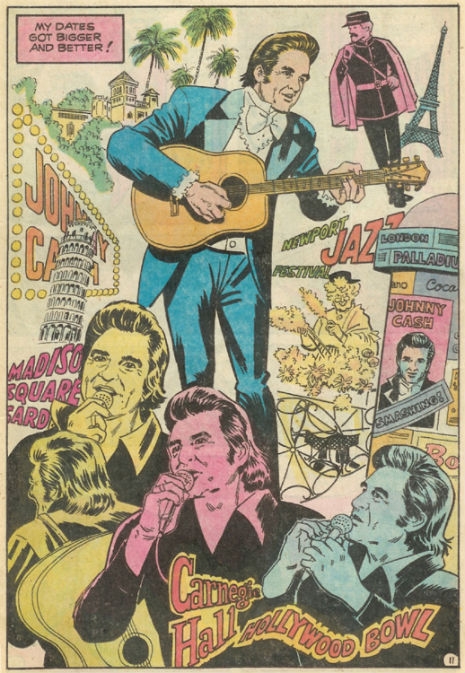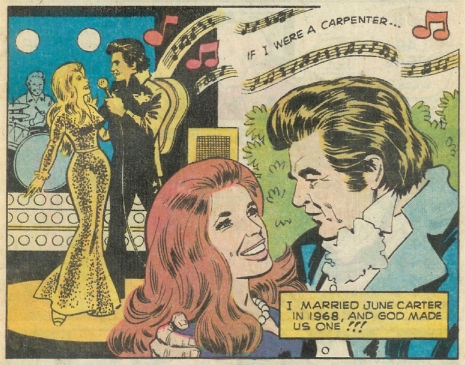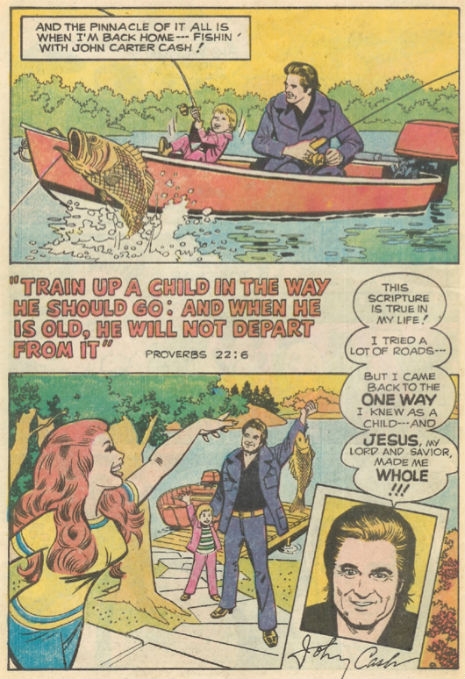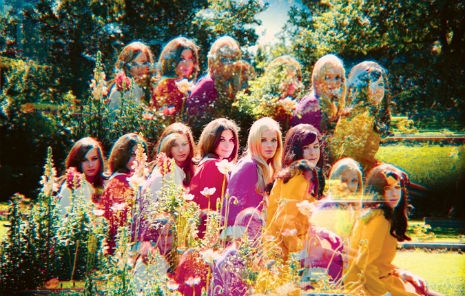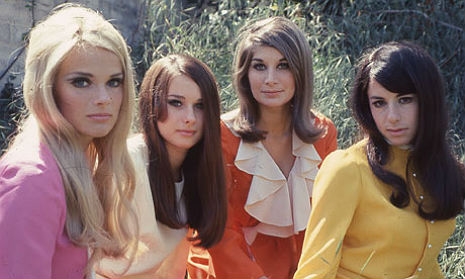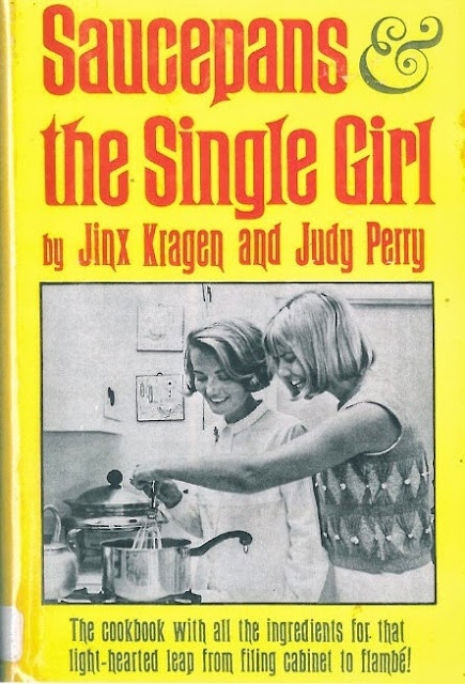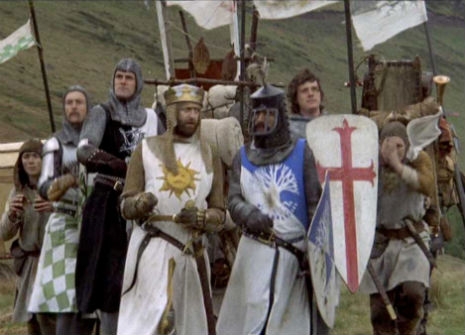
This is a guest post by Stephen W Parsons
Alexis Korner, born 1928, died 1984, was a minor figure on the British jazz, blues and rock scene but a major influence on many of its young players as they were hungrily transforming themselves into superstars. He was a middling talent at best with a limited musical ability redeemed by, when on pitch, a warm husky voice and an engaging performance persona, which remained patently intact both off-stage and on. The voice was indeed a seductive instrument and in later years it opened the door to lucrative voiceovers for commercials and work as a presenter on both Radio and TV. My first memory of the man was as the leader of a shabby-looking house band, who played in a cardboard cabin on a children’s show called 5 O’ Clock Club.
Wikipedia, well-researched books on the period and general critical opinion are all agreed that Korner was a “founding father of British blues music,” an all around good guy and a beneficial mentor to emerging talent.
I beg to differ but before we get to the murky heart of the matter, the casualty list, and the body count, we must examine the historical set and setting.
You may think, from the 21st Century perspective, that the ‘British Blues Boom’ of the 1960s and 70s was simply a genre “of its time” like swing music or punk. This would be a severe underestimation of its latent vitality. Crinkly veterans such as The Rolling Stones are carving out substantial profits and Fleetwood Mac, which still contains three stalwarts of the Brit blues explosion, is on its way back to the marketplace in a big way. Industry analysts estimate that, were Led Zeppelin to reform tomorrow and an announce a 24 date world tour, the combined earnings of such a venture and its concurrent media heat would cast a long shadow over the current crop of musical superstars such as Jay-Z, One Direction, Adele or Mumford and Sons.
Alexis Korner, inadvertently, played a small part in the development of the mighty Led Zeppelin. He discovered Robert Plant during the Summer of Love and decided to build a musical venture around the handsome and talented young performer. They formed a duo and Korner decided to self-finance an album. Only two tracks were recorded before wild fate intervened. Jimmy Page, having just been rebuffed by the supremely talented Terry Reid, was searching for a singer to front The New Yardbirds, and intervened with a better offer. The two songs recorded by Korner and Plant, “Steal Away” and “Operator” are in circulation and demonstrate the wisdom of Plant’s career choice. Terry developed into a fine musical talent but never hit the heights, or the record sales, of his teenage years. He always claims that he doesn’t regret joining the proto Led Zeppelin – but I’ll bet that he does.
Alexis Korner did eventually receive a rather odd payoff from this particular setback. In 1975 his outfit the Collective Consciousness Society, a group comprised of top British session players and produced by pop supremo Mickie Most, recorded a corny big band-style instrumental version of the Led Zeppelin/Willie Dixon song “Whole Lotta Love.” It was picked up as a theme tune for the BBC’s premier British chart show and went on to become his biggest hit. He neither sang, nor performed on the track.
The story of the all embracing blues room, and in particular the Alexis corner of it, raises an obvious question mark which must be answered: How in the hell did the anguished wail of hoodoo blues crawl its way from the Nile Delta of antiquity into the dreams of middle class, suburban British teenagers during the middle of the 20th century?
Vooudon prophet M. Bertiaux and inspired musicians such as Sun Ra, Pharaoh Saunders and Lee “Scratch” Perry all refer obliquely to the Afro-Atlantian tradition, by which they mean that a thing of great value was carried by the Nubian slaves on their flight from Egypt. It was something invisible and intangible, yet it provided an inner source of vitality and a succour to sweeten the hardships endured while escaping from captivity. The technical name for the expression of this spirit is Misraim.
We know it as the blues.
It came to America with the slaves and put down roots in the plantations, then spread to the carnivals and juke joints and finally blossomed into jazz. Wherever there was a need for low-down, dirty music—the blues was always present. After the Second World War, African-Americans began to lose the taste for it. By the mid 1950’s they were looking for upbeat entertainment that didn’t stink of the cotton fields. Dirt music had spread its wings from the South to Chicago and found a temple at Chess Records. While upscale “colored” entertainers such as Louis Armstrong and the ruthless Nat King Cole were busy courting the white audience, blues masters such as Muddy Waters, BB King and Howling Wolf were producing startling music for a declining audience. As the decade came to a close they were reduced to eking out a living on the Chitlin’ Circuit, which was as appetizing as it sounds. They stared in stupefied amazement at young kids named Elvis and Buddy Holly who were aping their stage personas and shook their heads at newcomers from their own side of the fence such as Chuck Berry, Little Richard and Bo Diddley, who were going head to head with the white boys over this new-fangled hybrid thing called Rock and Roll.
What none of these people knew was that the blues had up and left.
One part of it flew straight into the hands of a Mr. Berry Gordy, who had recently been dreaming about using it to make something powerful, elegant and profitable like the cars that rolled off the streamlined Detroit conveyor belt.
The other part hitched a ride to Britain and Europe in the form of grooved shellac. American recordings were considered rare and precious gems in a drab, postwar Britain. The vibrant sounds of Armstong, Kid Ory and Bessie Smith were not available from the monopolistic state broadcaster. It was gramophones in otherwise sedate front room parlors that sparked a noisy revolution. “Trad” jazz bands and crude skiffle groups sprung up like a wildfire, taking the livelier end of the tradition into pubs, clubs and dance halls. It summoned a diverse crowd to these smoke-filled rooms: Left Wing ‘ban the bomb’ types, working class people who liked “a knees up,” earnest intellectuals, part-time bohemians and run down Aristocrats on the lookout for something new and slightly daring to tickle their jaded fancy.
There were those among them who began to search out, and value above all else, primitive field recordings by artists like the sublime Robert Johnson. Alexis Korner was an energetic and enthusiastic member of this elite group. It was here, right at the beginning of the development of British Blues, that an intellectual faultline occurred. A strange kind of inverted snobbery developed as to what exactly was “the real thing.”
Doubt had entered the blues room.
Of course the great apocryphal story on blues authenticity concerns Sleepy John Estes. He was one of the many great folk artists recorded ‘in the field’ by pioneer archivist Alan Lomax and when his sensuous recorded music began to gather followers, Lomax invited him to play at Carnegie Hall. It’s said that Sleepy John bought himself a sharp suit, an electric guitar and a two-piece band to accompany him when he hit the Big Apple. Unfortunately Lomax was concerned that this would compromise the naturalistic vision he was selling to the predominantly white audience. Sleepy John was convinced to dump the suit, the amplifier and the sidemen; put on a work shirt and sit on a bale of hay.
The notion of an archetypal purity in the dirt soon became a siren call across Britain attracting a new breed of audience members to the Alexis Korner shows: sincere young men with longer than average hair, a distinctive dress sense and a polite soft spoken manner.
One of them was Brian Jones.
TO BE CONTINUED…
This is a guest post by SWP aka Snips/Stephen W Parsons/Steve is the founder of the Scorpionics self-improvement system. He sang for various beat groups until 1982 and then pursued a more successful career as a composer for hire until 2004. Since then he has voyaged into peculiar seas. His latest musical adventure is The Presence LDN which will be releasing product in October 2013. His younger, and more handsome self can be seen singing with Ginger Baker here.
Below, Alexis Korner with Steve Marriott in 1975:






